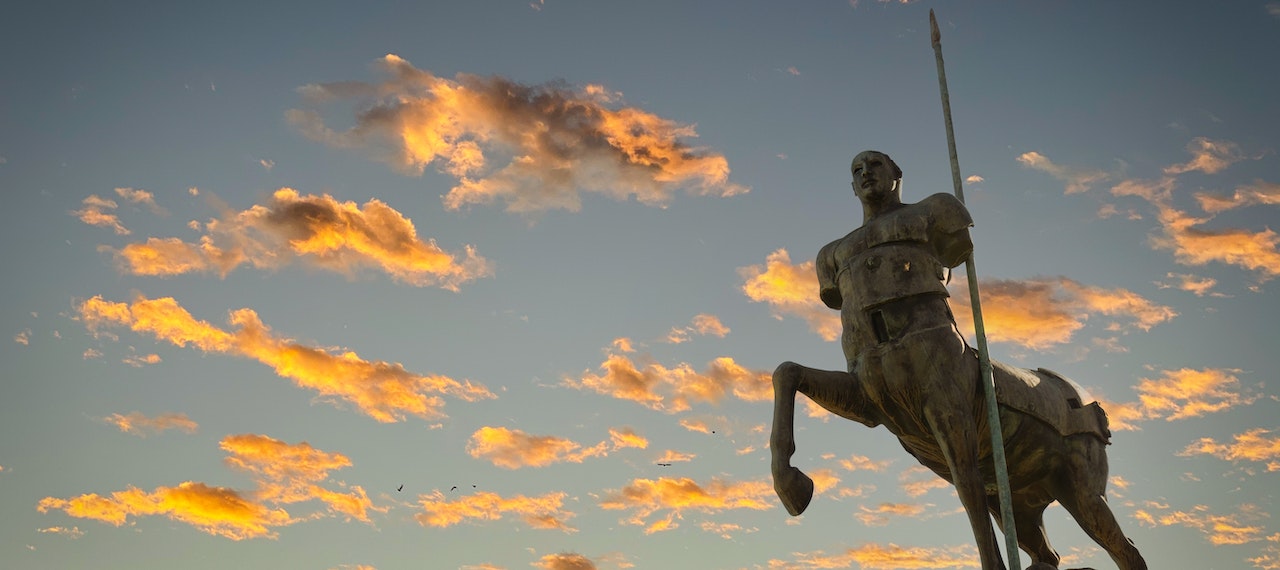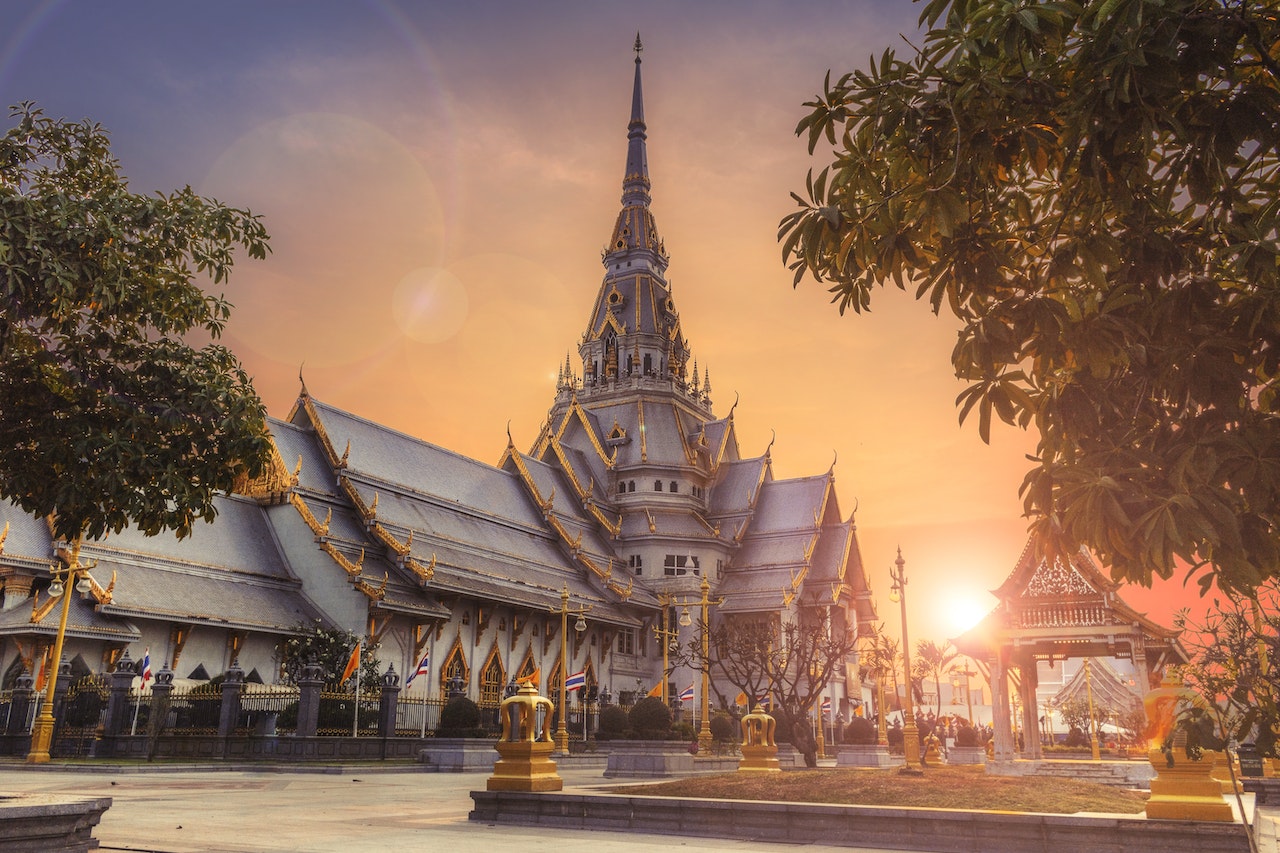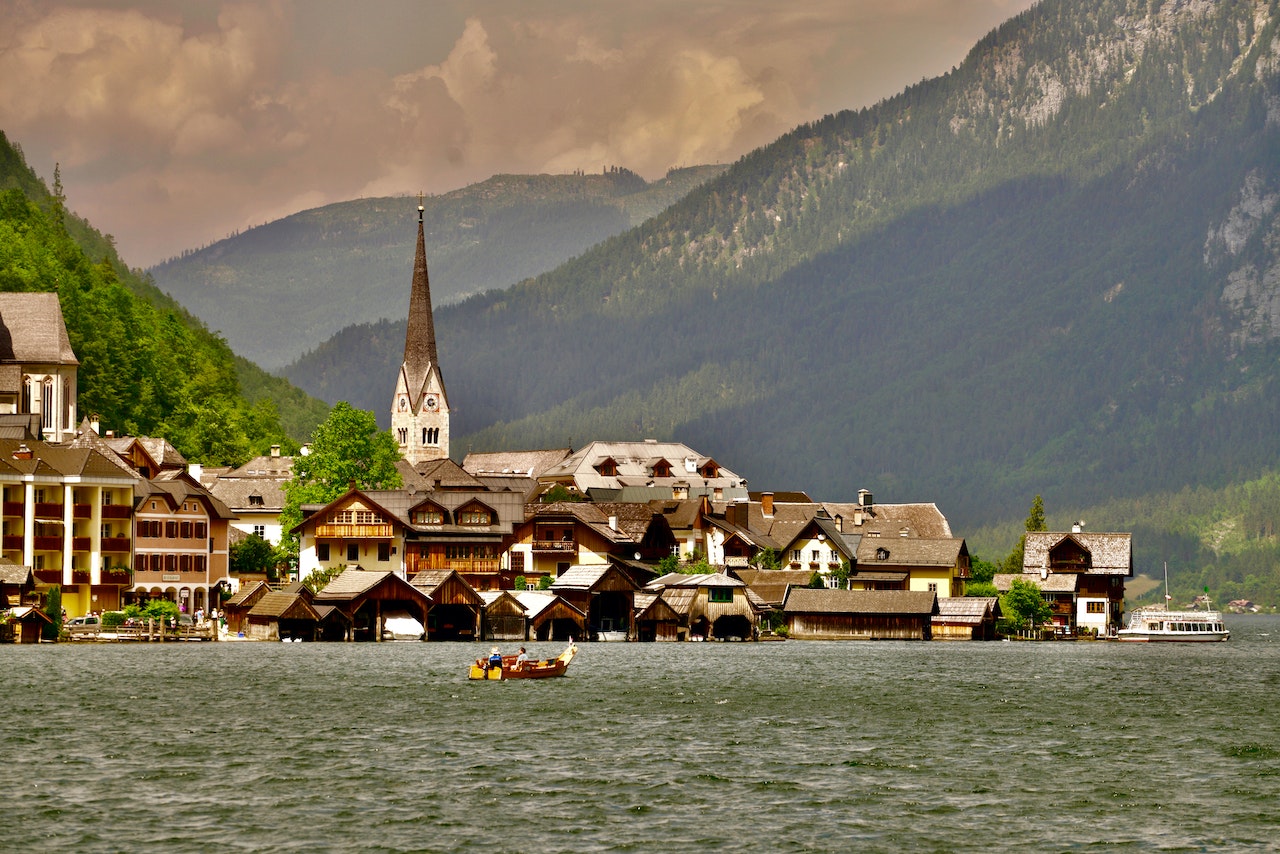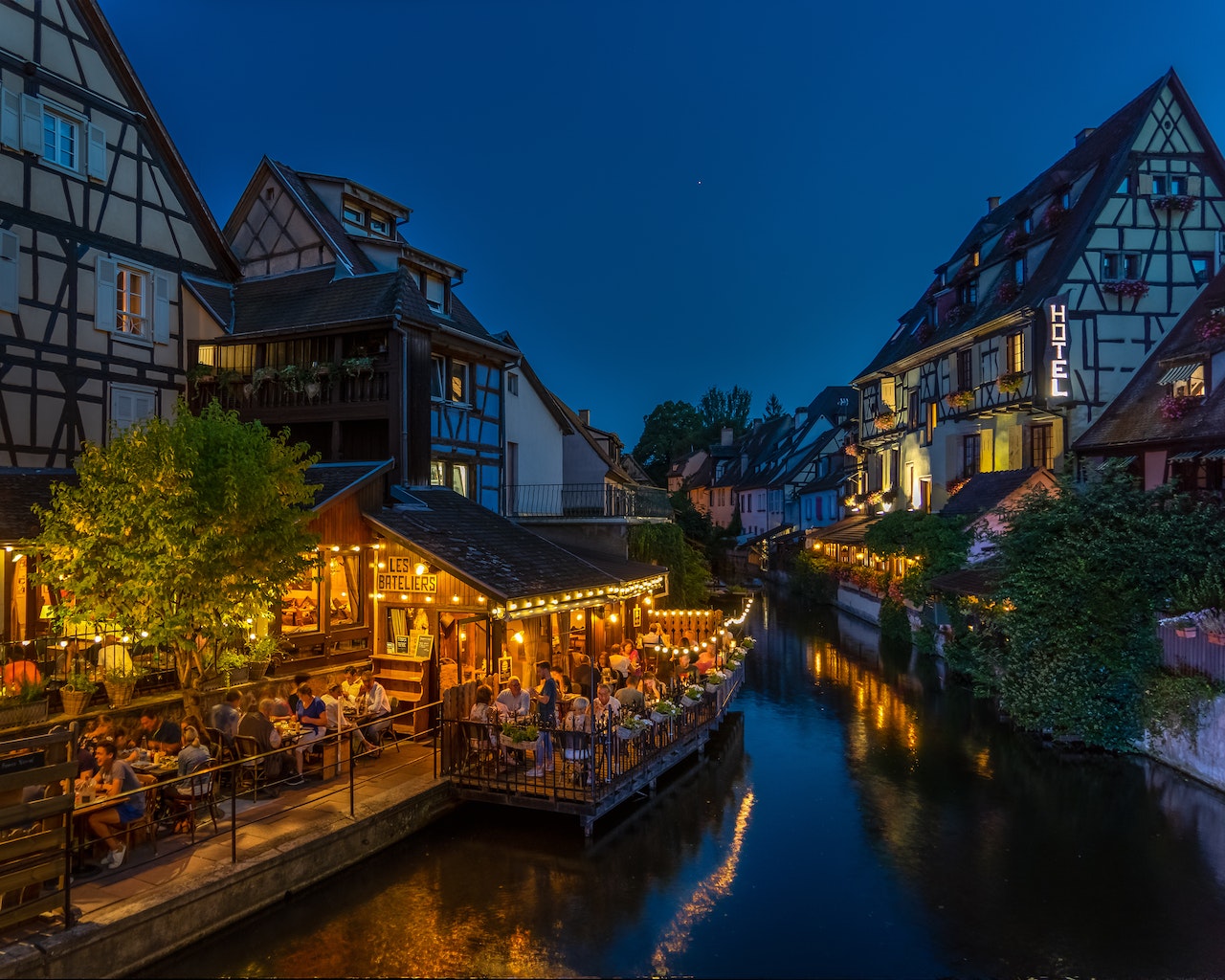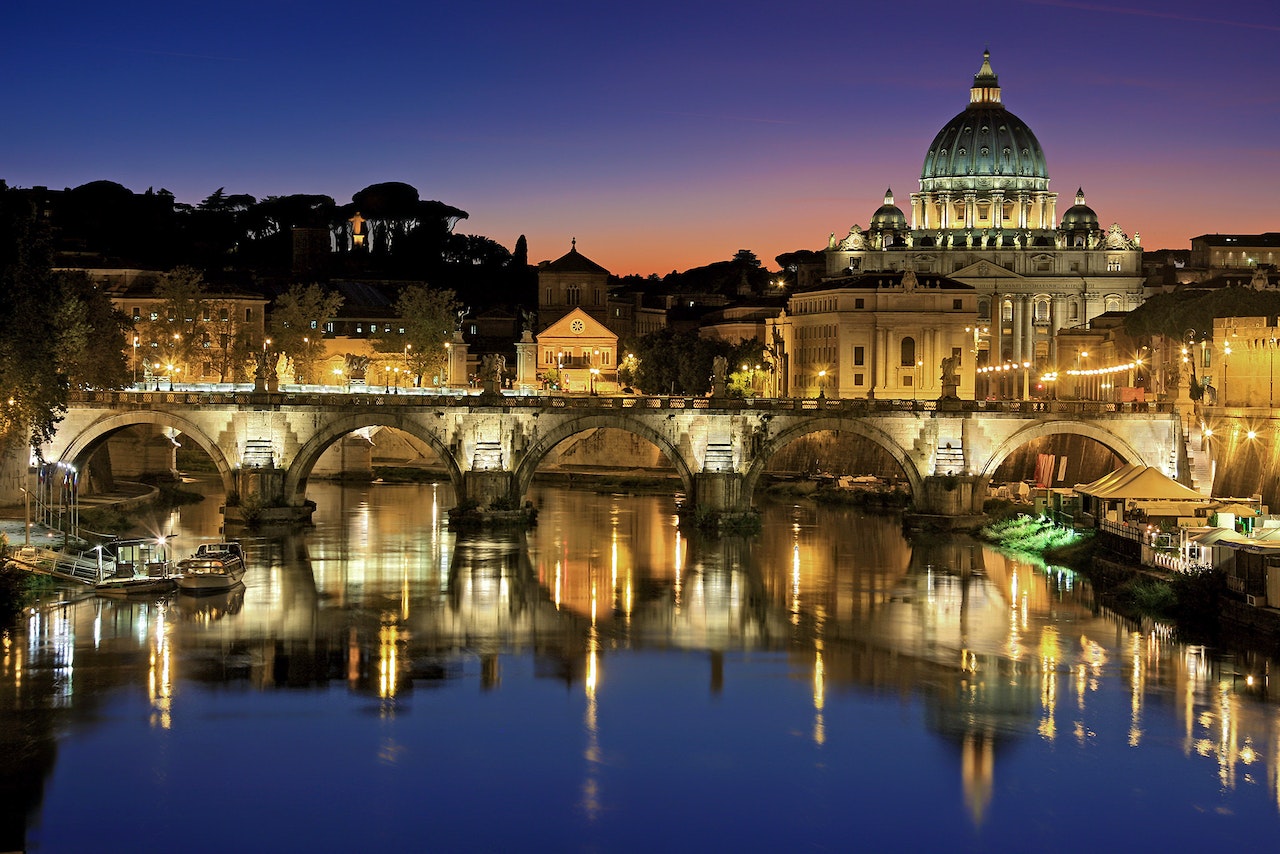Day 1 - Welcome to Italy!
My journey began with a brief stay in Naples, a vibrant city of colour and chaos with its own rich history. The city is the gateway to the south and a convenient place to set up base before exploring the ancient ruins of Pompeii and Herculaneum.
Day 2 - Exploring Pompeii
In the morning, I caught a Circumvesuviana train from Naples to Pompeii, a journey of just over half an hour. As I disembarked and stepped onto the platform, I could see the looming outline of Mt. Vesuvius in the distance, a sombre reminder of the disaster that befell these cities in AD 79.
The ruins of Pompeii are vast, sprawling over 66 hectares. I had decided in advance to hire a guide, and I was glad I did. As we wandered the cobbled streets, she gave life to the stone structures, describing the daily life of a Roman citizen in this bustling metropolis.
The remarkably well-preserved buildings of Pompeii astounded me. From the amphitheatre where gladiatorial contests took place, to the ancient Roman bathhouses and the 'Villa of the Mysteries', complete with its beautiful frescoes - the city has it all. Seeing the plaster casts of the victims was poignant, giving a human aspect to the historical tragedy.
Day 3 - Herculaneum: The Forgotten City
The next day, I travelled to Herculaneum, a smaller but equally impressive site. Unlike Pompeii, Herculaneum was a wealthy seaside town where the upper class and aristocrats lived. As such, it offers a unique insight into the luxurious lifestyle of the Roman elite.
Herculaneum, buried under 20 metres of volcanic ash, was excellently preserved. The intricate mosaics and frescoes, some still vibrant with color, made me feel like I was walking through an open-air museum. The House of the Stags and the House of the Beautiful Courtyard were especially impressive with their intricate artwork and well-preserved architecture.
The boat houses at Herculaneum gave me a pause - it is here where many residents took shelter during the eruption, only to be instantly killed by the intense heat. The skeletal remains tell a powerful story of the disaster that befell the inhabitants.
Day 4 - Mt. Vesuvius: Conquering The Summit
No trip to this region would be complete without a visit to Mt. Vesuvius itself. So, the next day, I hiked up to the summit. The hike was challenging but the panoramic view from the top was absolutely worth it. Overlooking the Bay of Naples, Pompeii, and Herculaneum from above, I felt a profound respect for the power of nature.
Wrapping up
Reflecting on my journey, I was struck by the vibrancy of life that once filled Pompeii and Herculaneum. It's not just about the eruption and the end of these cities, it's about the life before it, the humanity that these ruins encapsulate.
Visiting Pompeii and Herculaneum is not merely about seeing ruins, but about stepping back in time and immersing oneself in a civilization that flourished two millennia ago. It is about understanding their joys and sorrows, their daily life and culture, and acknowledging the eternal power of nature. This was indeed a journey into history, a journey I'd highly recommend.
Until the next time, safe travels!
